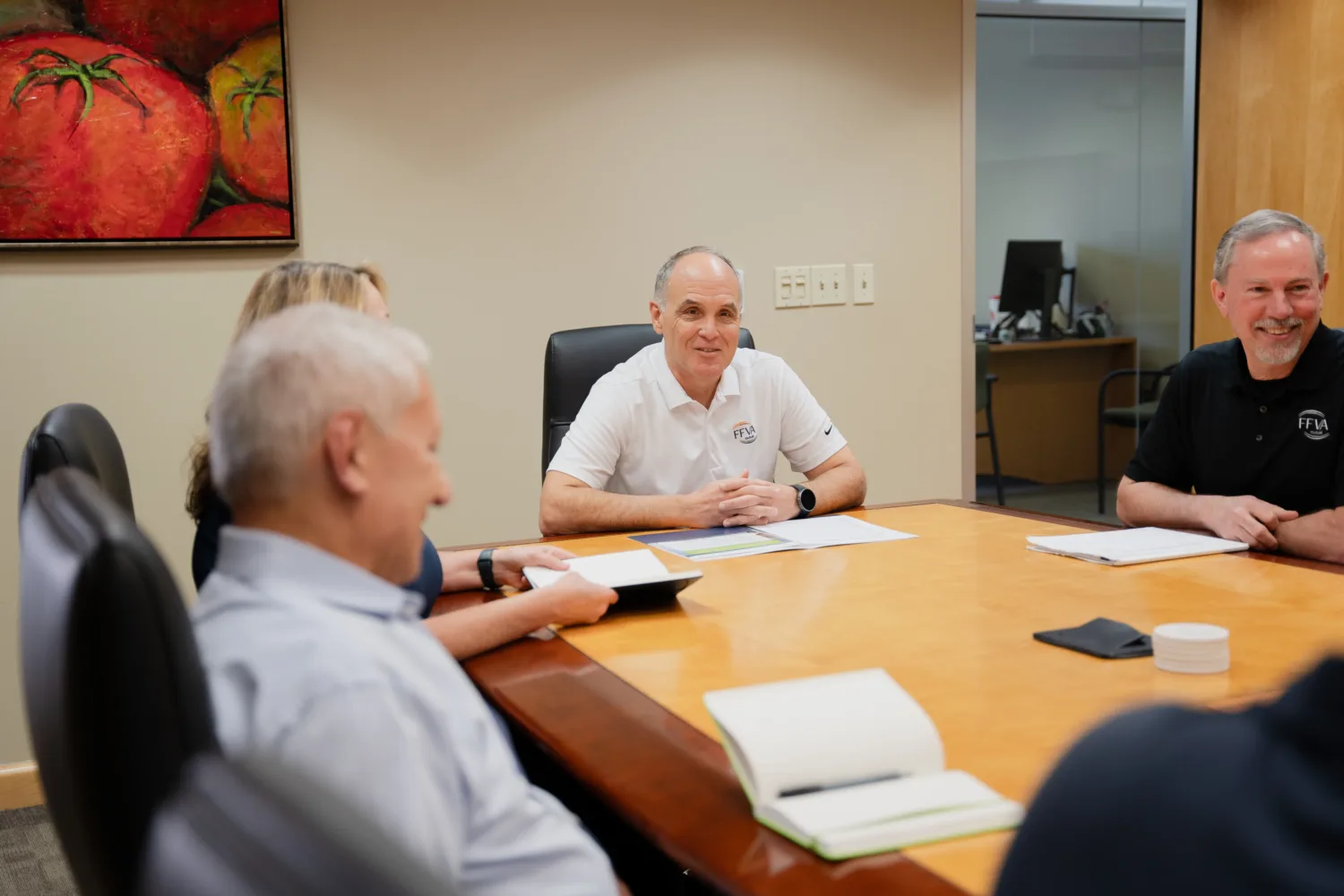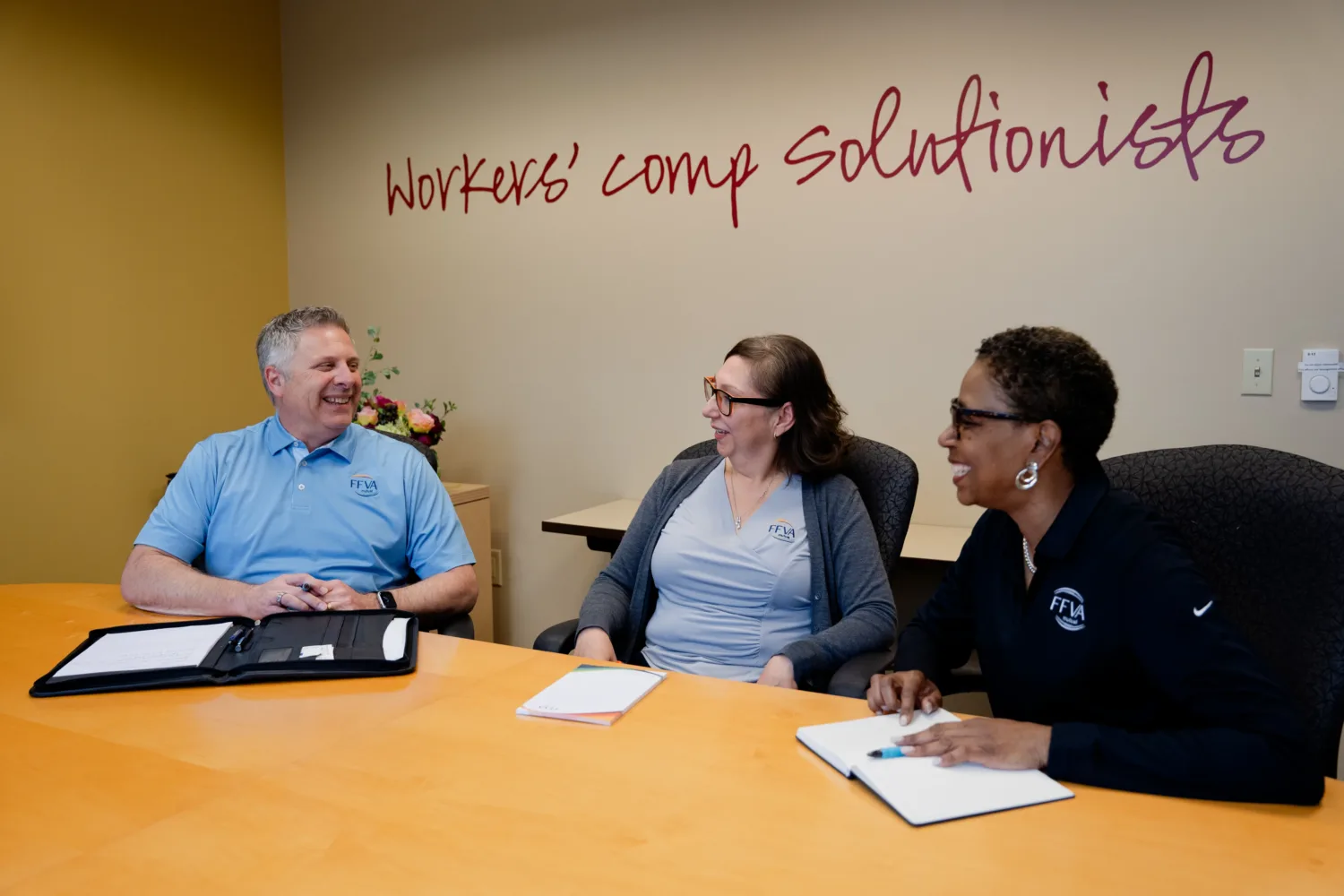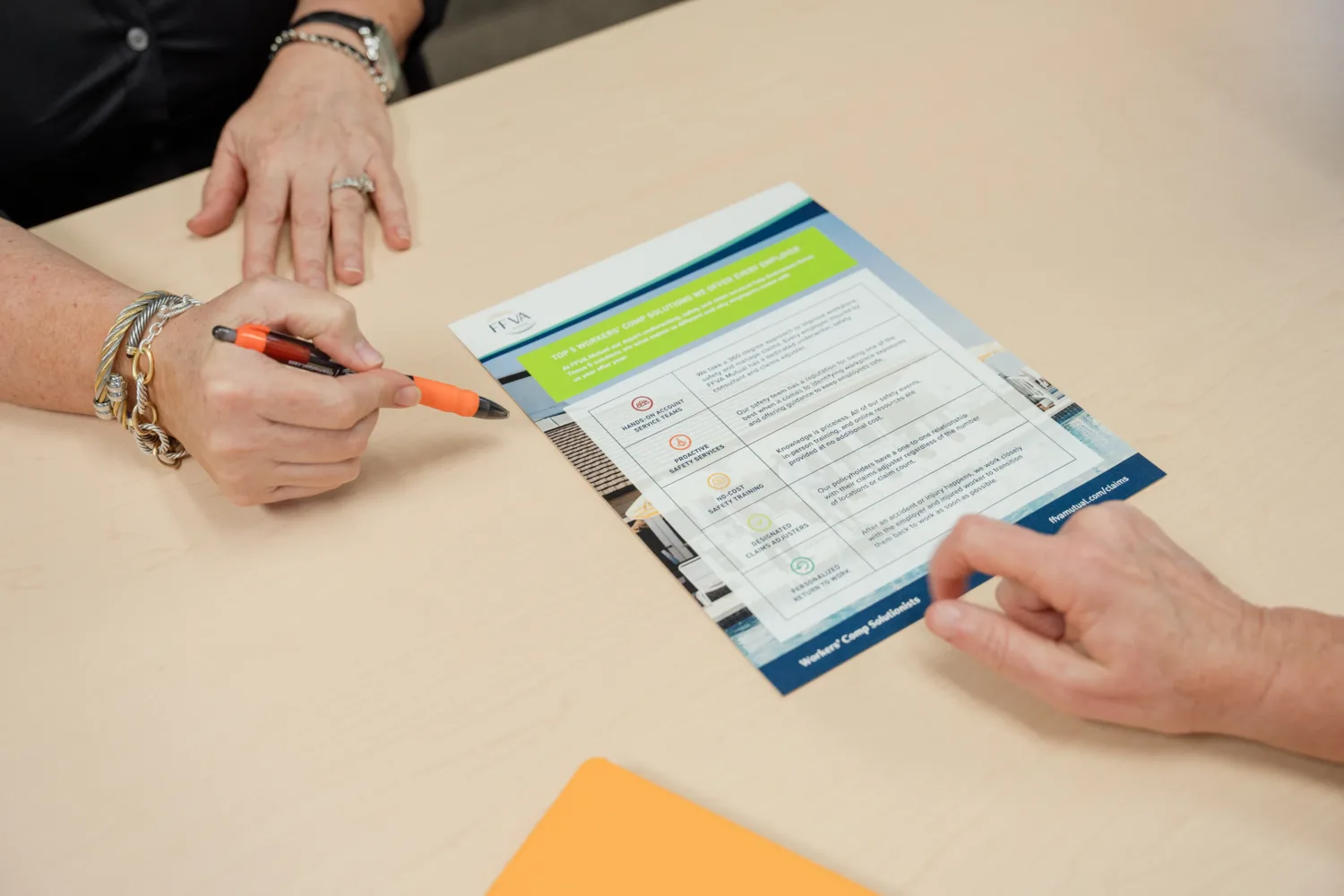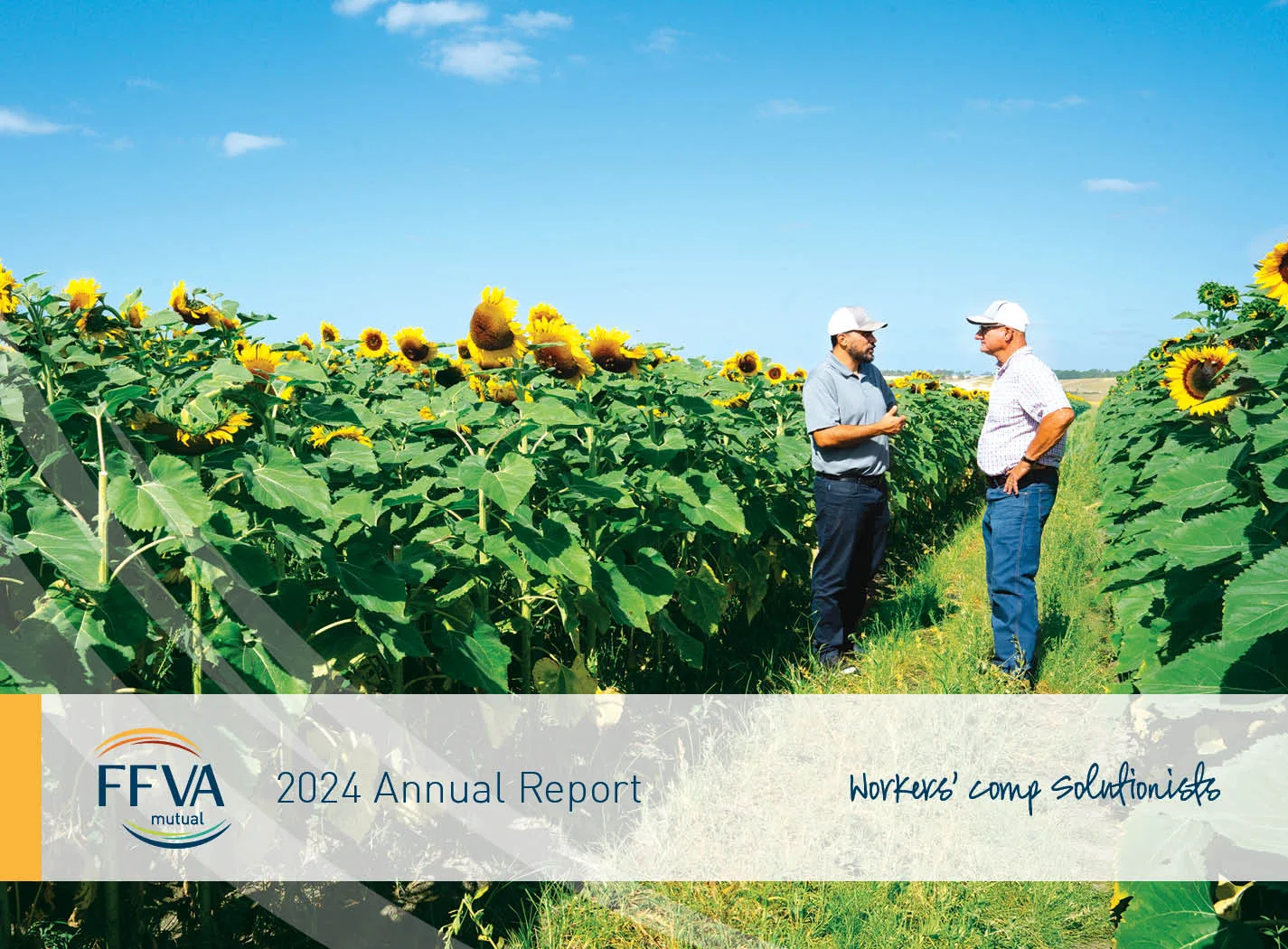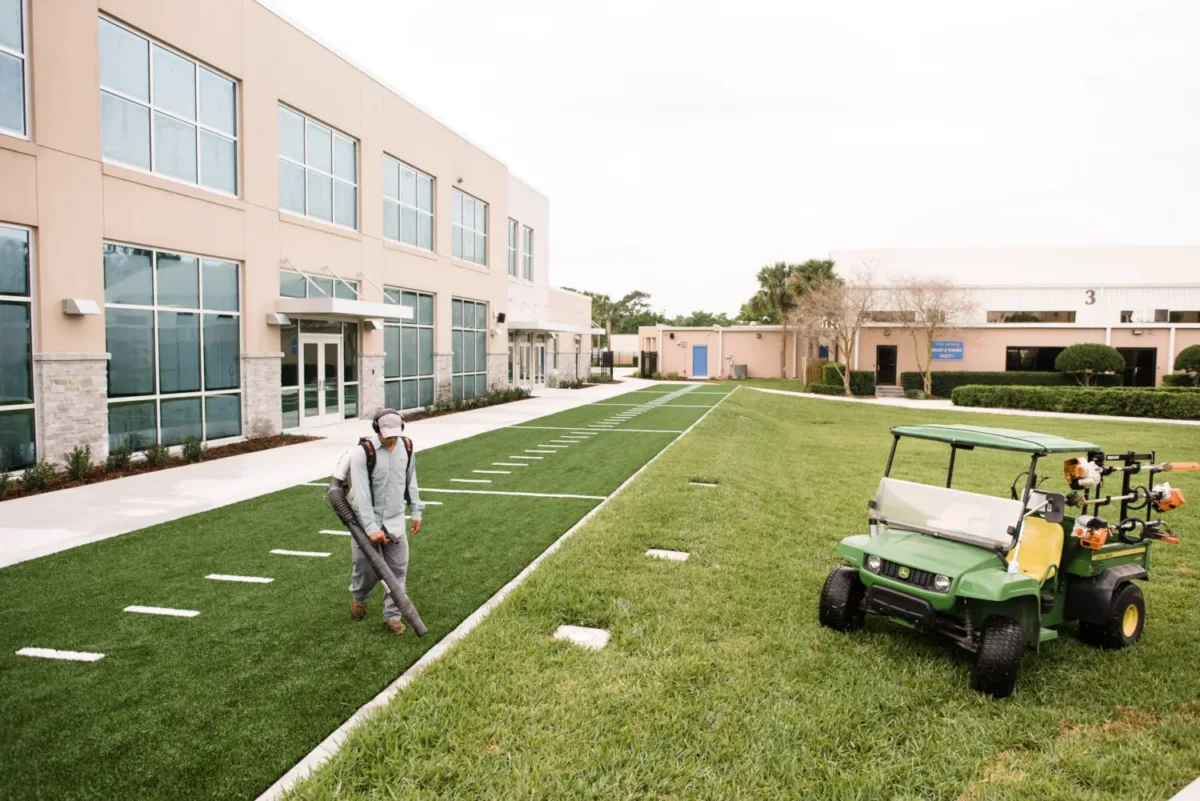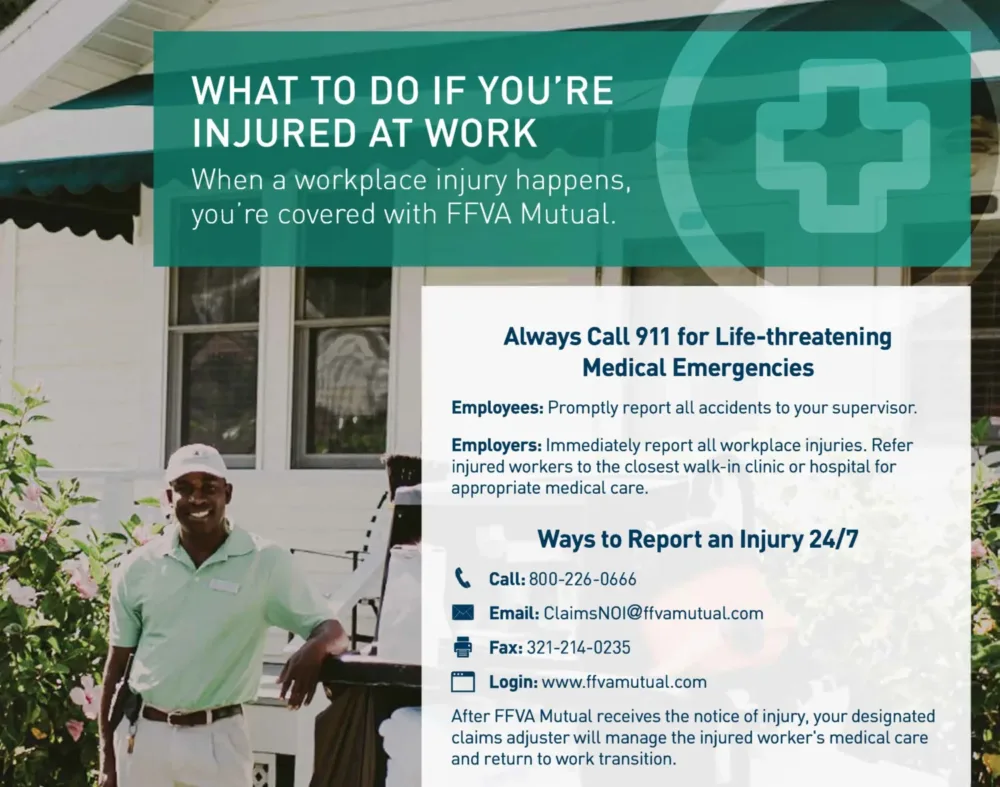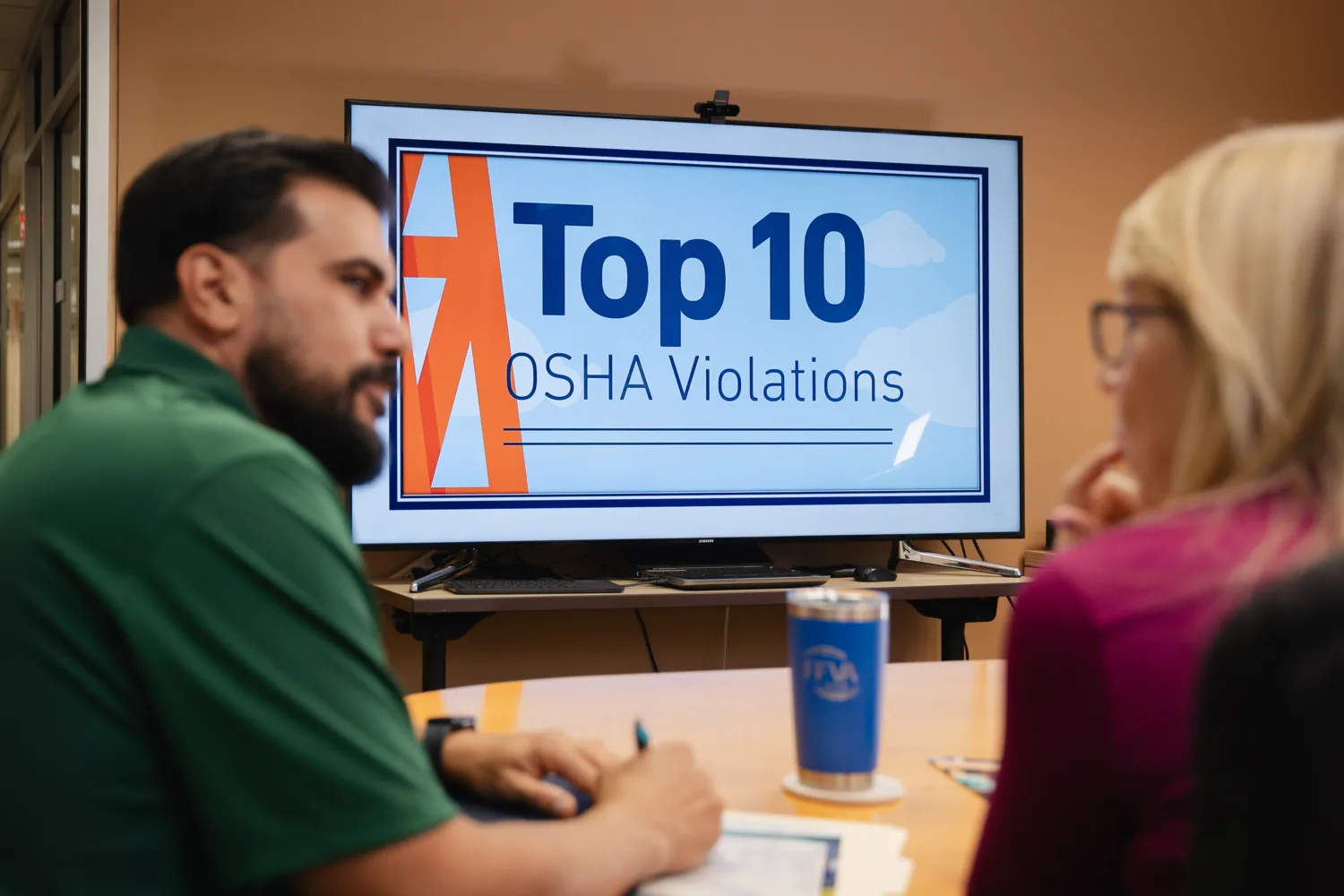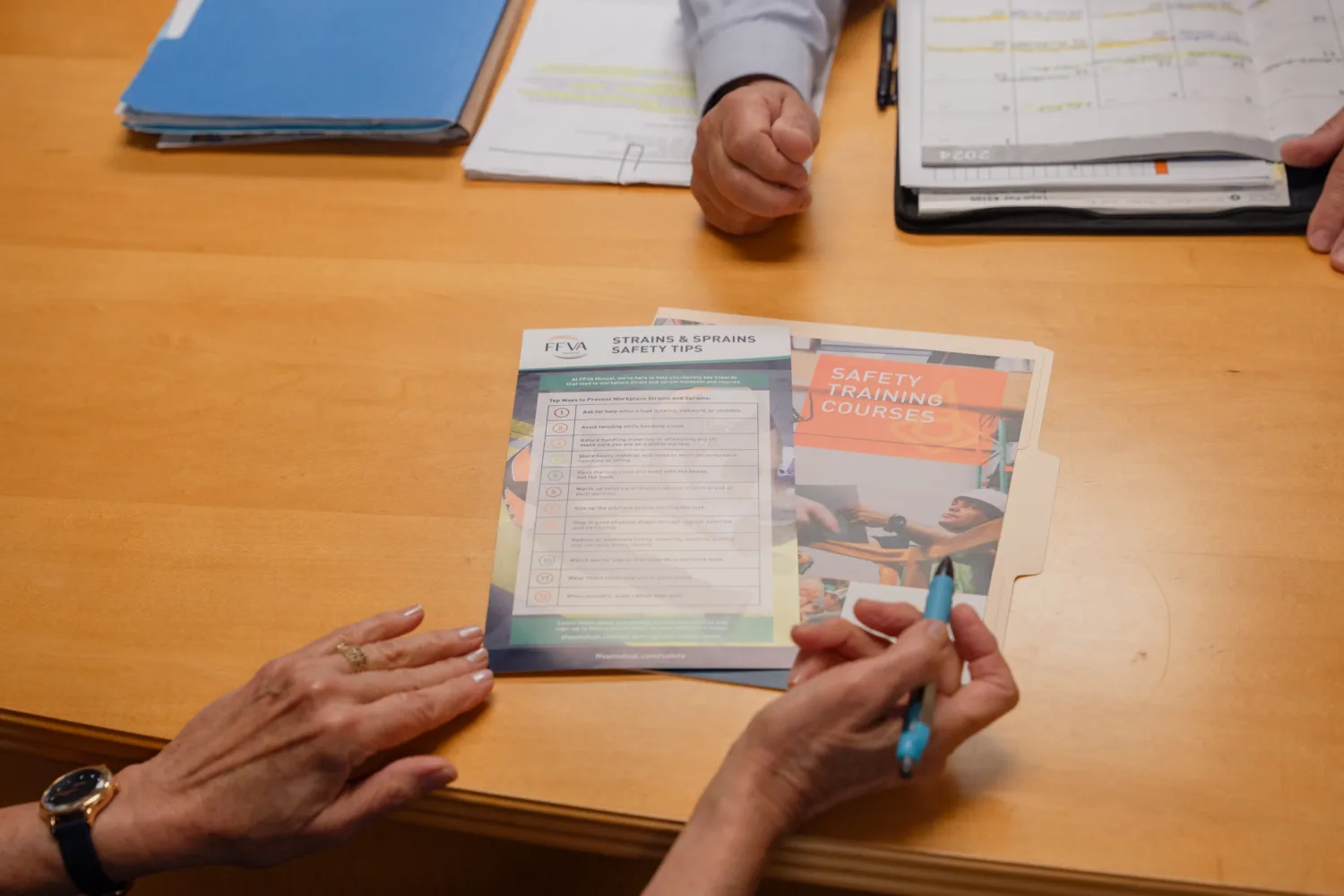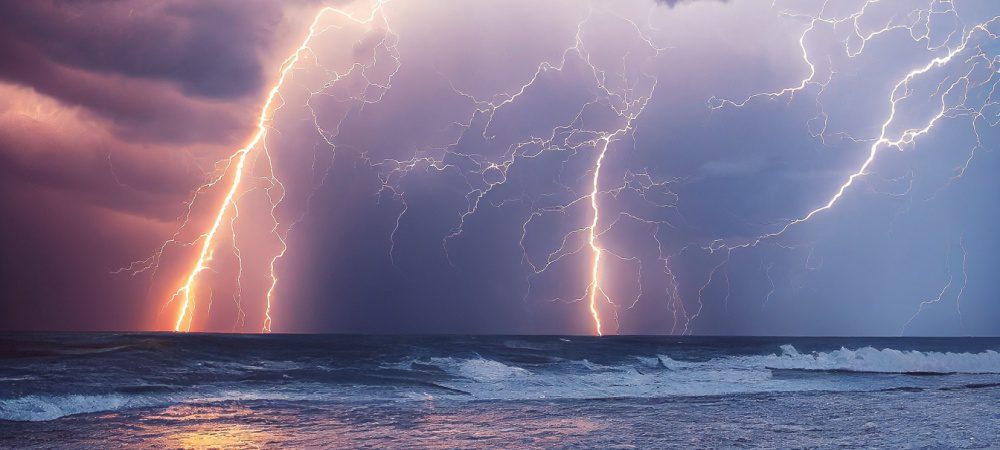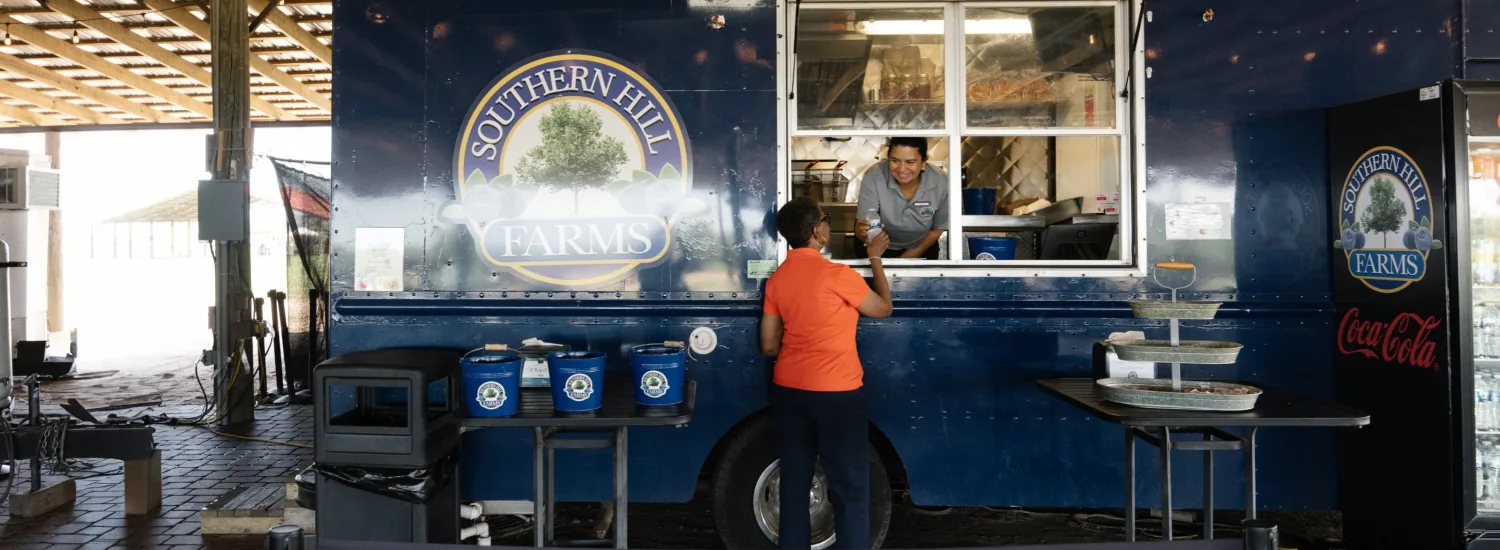If recent news stories about people being injured by lightning strikes have you wondering where and when to duck for cover, you’re not alone. Lightning is an environmental and workplace hazard not to be taken lightly since it can pose a serious danger to you and your employees’ health and safety. According to the National Weather Service (NWS), over 25 million cloud-to-ground lightning strikes hit the U.S. every year, which is why you should always seek shelter when you see storm clouds rolling in. To help you anticipate the risks and stay proactive, we’ve put together a brief guide on lightning safety to use at work, home or play.
How Common Are Lightning-Related Injuries?
Between 2006 and 2018, a total of 396 people were killed by lightning strikes, averaging around 47 deaths per year. While most cases do not result in fatalities, many survivors experience lingering symptoms such as hearing problems, heart and lung damage, and even temporary paralysis.
Luckily, the odds of being struck by lightning are relatively low – about 1 in 700,000 in any given year, according to estimates from National Geographic. That said, there are many factors that may put you and your workers at greater risk. For example, people who predominantly work outside are more likely to sustain lightning-related injuries than office workers. Regional and seasonal conditions also play an important role, as some states experience thunderstorms more frequently than others: Florida is considered the “lightning capital” of the U.S. by the Centers for Disease Control and Prevention (CDC).
5 Essential Lightning Safety Tips
Lightning safety is all about situational awareness and quick thinking. Whether you’re at work or relaxing at home, it’s essential to keep an eye on weather forecasts and take cover when you hear thunder in the distance. Keep in mind, lightning is unpredictable; it often strikes outside of the heaviest rainfall areas and can travel up to 10 miles before hitting the ground. To stay protected during a thunderstorm, consider these four useful lightning safety tips:
- Practice the 30-30 rule: One of the best ways to determine if you’re at risk is to count the seconds between seeing lightning and hearing thunder. If it takes less than 30 seconds, you should locate a safe place to hunker down. Also, be sure to wait a full 30 minutes before venturing outside once the thunderstorm has moved on.
- Know the math – calculate how far away the storm is from your location: After you see a flash of lightning, count the number of seconds until you hear the thunder. (count “One-Mississippi, Two-Mississippi,” etc.) For every 5 seconds the storm is one mile away.
- Take shelter in buildings or hard-topped vehicles: As the Occupational Health and Safety Administration (OSHA) points out, no place outside is safe during a thunderstorm and employers should recognize lightning as an occupational hazard. As soon as you hear the first thunder clap, you should seek out fully enclosed buildings. If there isn’t a suitable structure nearby, your next best option is to take shelter in a hard-topped, metal vehicle with the windows rolled up.
- Avoid open areas and tall objects: Lightning typically strikes the tallest object in a given area, so it’s important to move away from isolated trees, utility towers and other structures. If a storm rolls through while you’re in an open field or near a large body of water, be sure to move to a safer location as quickly as possible and look out for your coworkers, friends and family along the way.
- If you or someone is struck by lightning, contact emergency medical services immediately: According to the National Oceanic and Atmospheric Administration (NOAA), cardiac arrest is the leading cause of death for those struck by lightning, though there are other health issues that should also be addressed as soon as possible. If you witness someone injured by lightning, call #911 immediately and try to move them to a safer area.
OSHA Lightning Safety Standards for Outdoor Workers
OSHA recognizes lightning as a serious hazard for outdoor workers and expects employers to plan accordingly. While there isn’t a single lightning-specific standard, employers are required to protect workers under the General Duty Clause.
Key employer responsibilities include:
- Creating an emergency action plan (EAP): Companies with outdoor operations must have a written plan that includes lightning-specific procedures. This should designate safe shelter locations, evacuation routes and a process for accounting for all employees during storms.
- Training and communication: Workers should be trained to recognize lightning risks, know when to stop work and understand the company’s reporting and shelter protocols. Supervisors should practice these procedures in safety drills.
- Monitoring the weather: Employers are expected to monitor forecasts, use lightning detection tools when available and stop or delay outdoor tasks if storms are approaching.
- Recordkeeping: OSHA may review documentation such as training records, incident reports and EAPs to ensure compliance after an inspection or workplace incident.
By addressing lightning in their written safety programs, employers can demonstrate compliance with OSHA requirements while reducing risks to their crews.
FAQs About Lightning Safety:
What Are the OSHA Guidelines for Lightning?
OSHA requires employers to treat lightning as an occupational hazard, especially for outdoor workers. That means including lightning procedures in the company’s Emergency Action Plan, training employees and providing access to safe shelters.
What Is the 30-30 Rule for Lightning Safety?
The 30/30 Rule is a widely accepted best practice: if you hear thunder within 30 seconds of seeing lightning, stop outdoor work immediately. Do not resume until 30 minutes after the last thunder is heard.
What Is the 5 Second Rule for Lightning?
The 5-second rule is a way to estimate how far away a storm is. For every five seconds between a lightning flash and the sound of thunder, the storm is about one mile away.
For more safety tips, view OSHA’s lightning fact sheet, browse NOAA’s lightning toolkits for employers and explore our blog posts.





